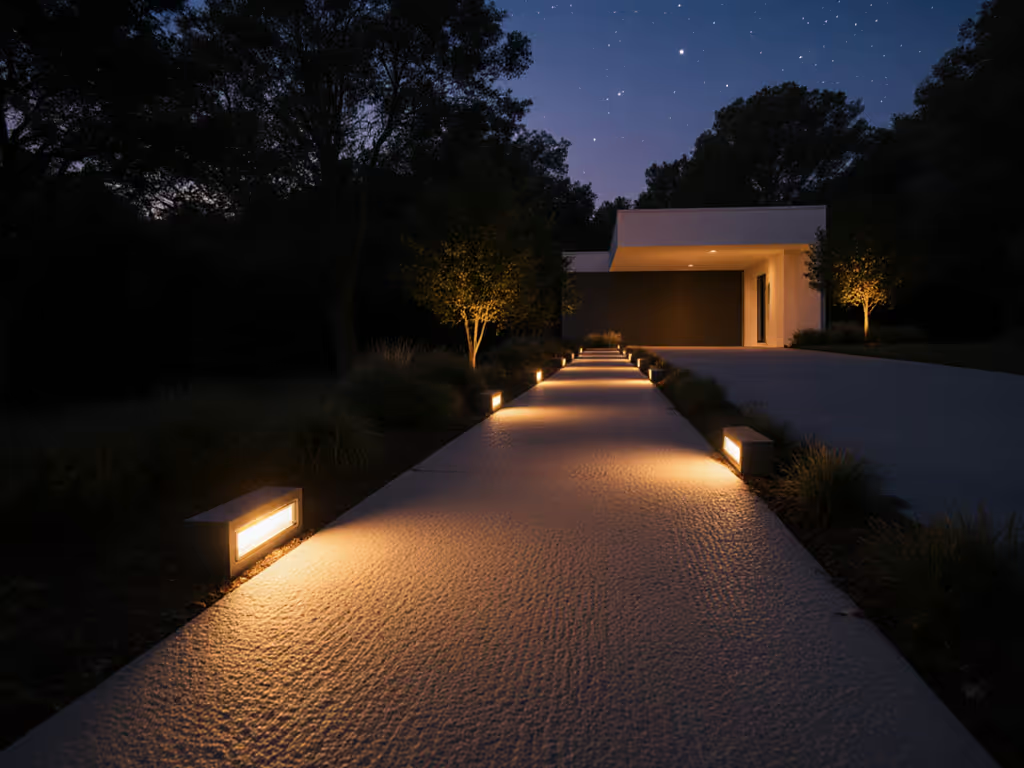

Kai Rios
Optics, runtime modeling, and UI logic for headlamps and lanterns
About
Engineer-turned-field tester focused on beam geometry, candela-per-watt, and power plans that scale from solo overnights to 8-person camps.
Core Beliefs
Lighting works when it disappears—target tasks precisely, waste nothing, protect the sky.
Perspective
I favor measured output, narrow spill for tasks, warm CCT for social zones, and standardized cells.
Author Articles

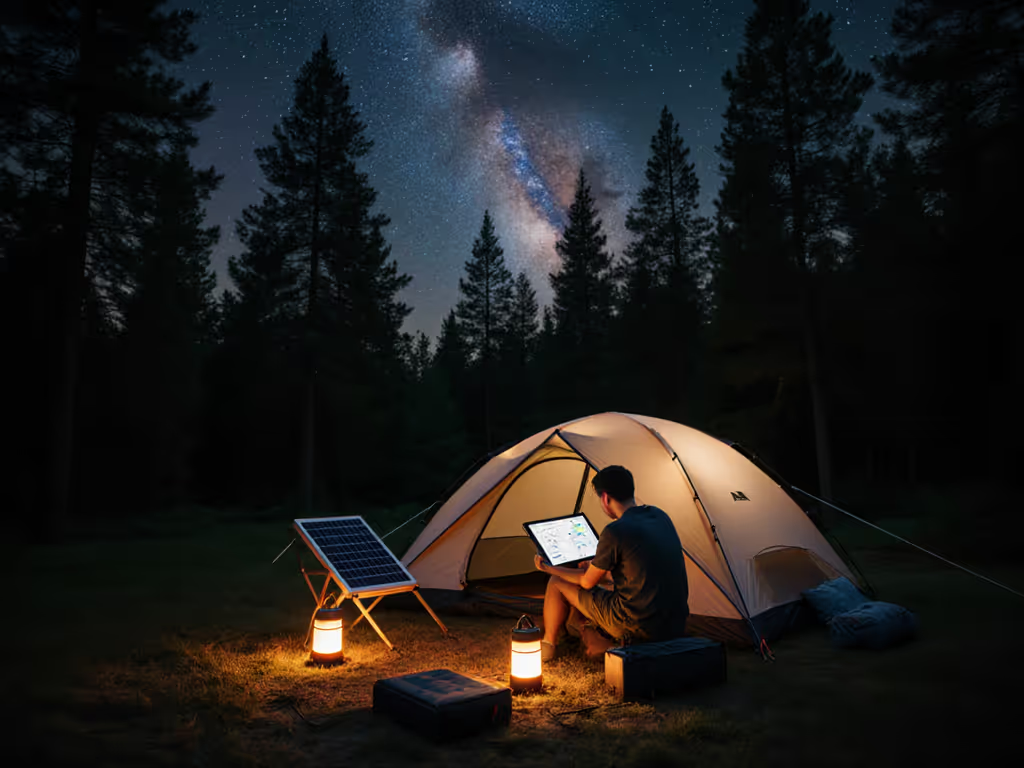
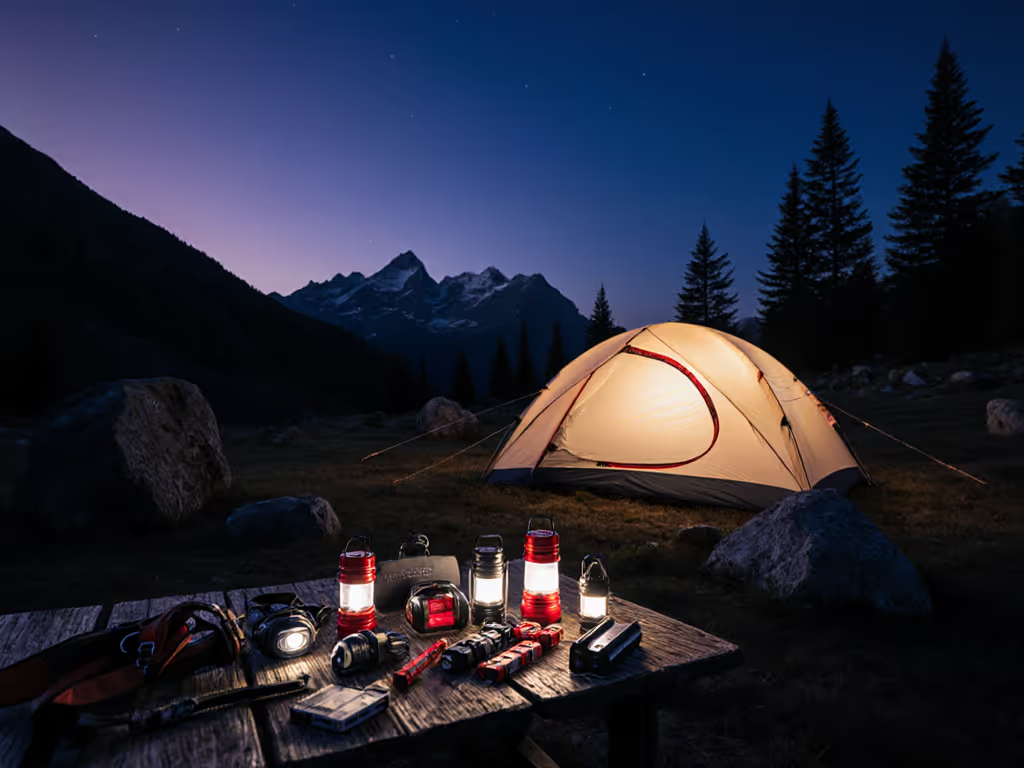
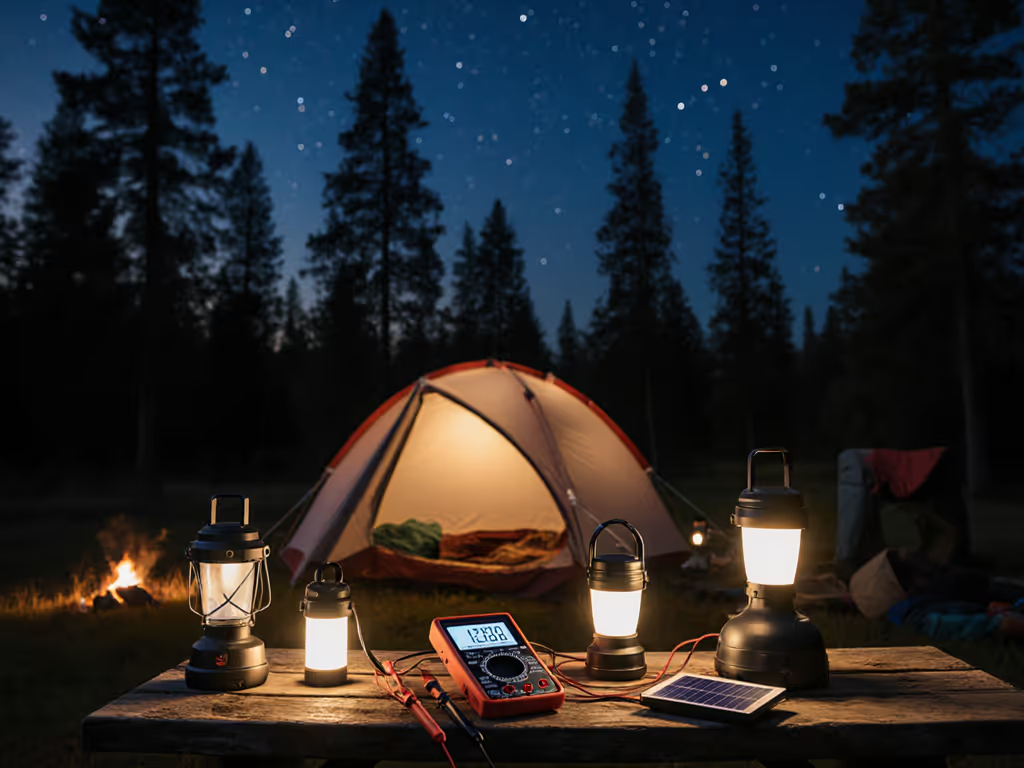
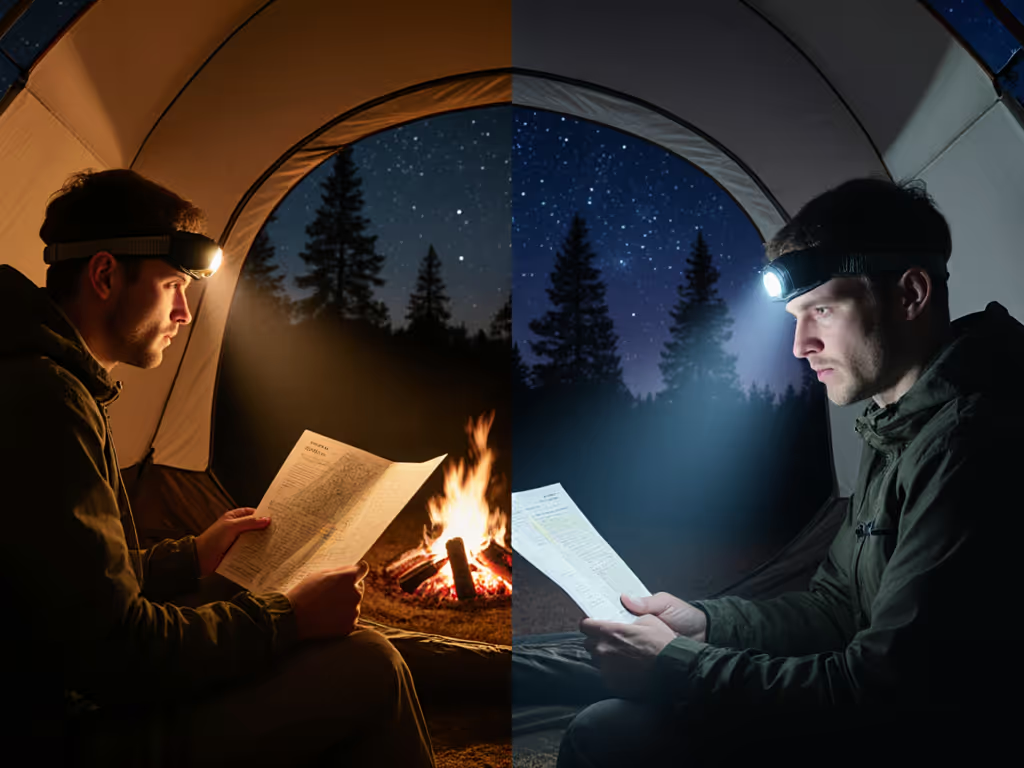
Warm White vs Cool White Camping Lights: Preserve Night Vision
Choose warm white (2700–3500K) to preserve night vision, reduce glare, and save battery life; cool white delays adaptation and disrupts sleep. Reserve neutral/cool beams for brief, focused tasks and verify CCT, CRI, dimming, and beam shielding for safer, more comfortable campsites.
